Politics and Power in the Middle Ages
In the Middle Ages, the political structure was complicated and deeply rooted in the concepts of feudalism and the divine rights of kings. This period, which ran roughly from the 5th to the late 15th century, saw a diverse array of political entities, from small seigniors to sprawling empires, all vying for power and influence.
Feudalism: The Basis of Medieval Politics
Feudalism was the dominant social system in medieval Europe. It was a hierarchical structure in which the king gave land (fiefs) to his nobles in exchange for military service. These nobles would in turn assign pieces of their lands to vassals. This system created a clearly defined but often complex set of loyalties and responsibilities.
The Role of the Church
The Catholic Church was a central pillar in medieval society. The church owned vast lands and played a crucial role in education and the dissemination of knowledge. Clergy often had great influence in political decision-making, and some clergy such as bishops and abbots were also feudal lords.
The Inquisition
An infamous example of the Church’s power was the Inquisition, a powerful tool in the fight against heresy. The Inquisition shows how religious and political power were intertwined in the Middle Ages.
Monarchy and the Divine Right of Kings
The theory of the divine right of kings played a crucial role in legitimizing monarchical power. Kings often claimed that their right to rule came directly from God. This gave them near absolute power, but also created conflicts with the Church and the nobility.
The Magna Carta
A key moment in the struggle for power was the signing of the Magna Carta in 1215. This document limited the power of the English king and laid the foundation for early constitutional government.
Rise of the Cities and the Bourgeoisie
The late Middle Ages saw the rise of cities and a new social class: the bourgeoisie. This development brought a shift in power dynamics, with urban citizens gaining increasing political influence.
The Crusades: Faith and Power
The Crusades were a series of military campaigns motivated by deeply held religious beliefs, but they also had important political implications. They contributed to the spread of ideas and technologies and changed the political map of Europe.
Effects of the Crusades
The return of crusaders brought new knowledge and cultural influences to Europe, indirectly contributing to the cultural and intellectual revival known as the Renaissance.
Conclusion
The Middle Ages were a period of considerable political and social change. From feudal hierarchies to the rise of cities and civic power, this era formed the basis for many modern political systems and ideas. It was a time when power lay not only in the hands of kings and nobles, but also in those of the Church and later the emerging urban classes.
The Black Death and Political Change
The Black Death, which struck Europe in the 14th century, had a profound effect on political structures. With the significant decline in population, the balance of power shifted. Farmers and workers gained more bargaining power, leading to social and economic changes that would reshape the political landscapes of Europe.
Final thoughts
The Middle Ages, often wrongly portrayed as a “dark” period, were in reality a time of complex political power relations and social change. The transition from feudal systems to more centralized forms of government laid the foundation for the modern state.
While kings and nobles sought to consolidate their power, the growth of cities and the influence of the Church created a dynamic and often conflictual political landscape. This period shows us how power, in all its forms, has shaped and continues to shape the course of history.
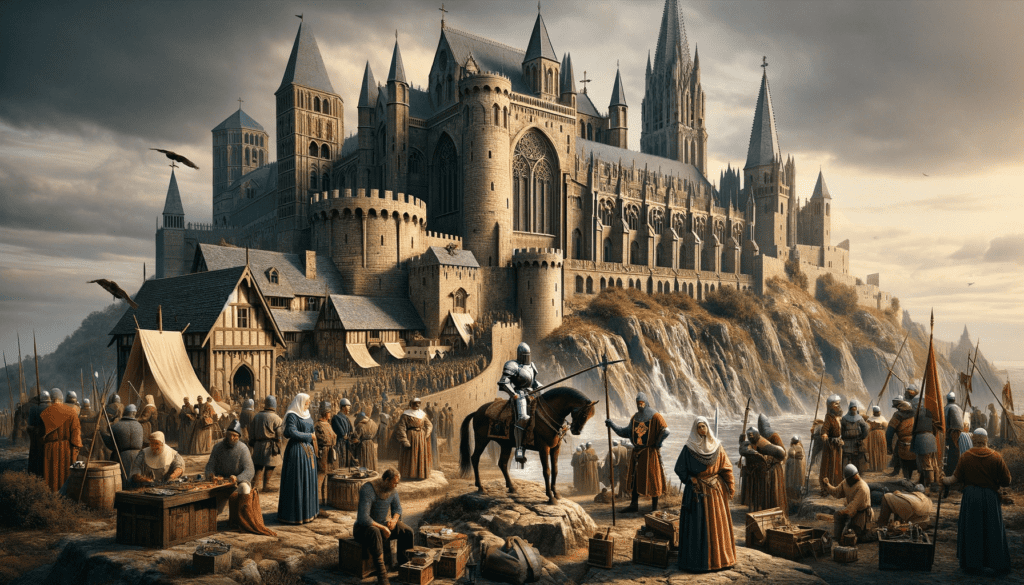
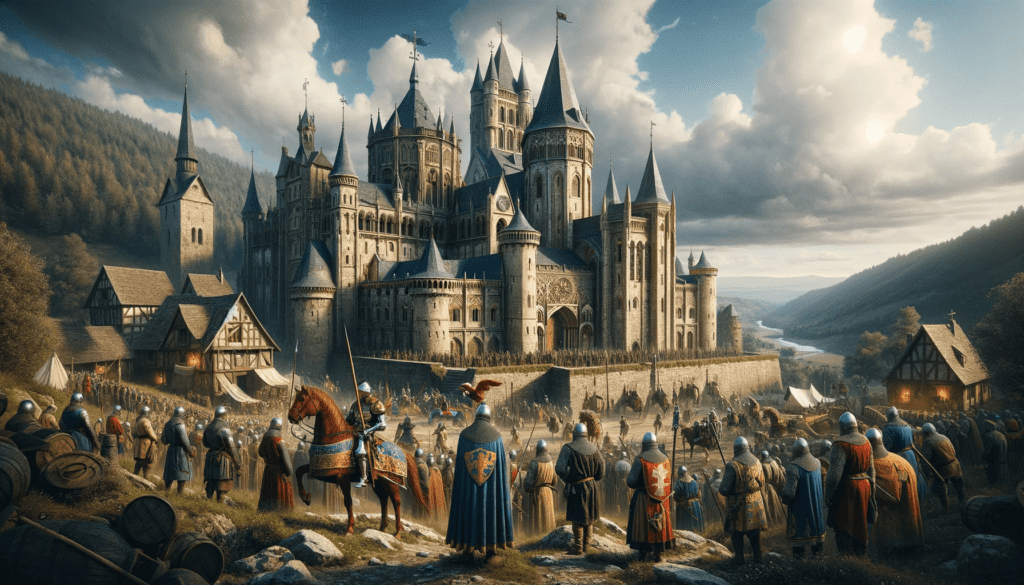
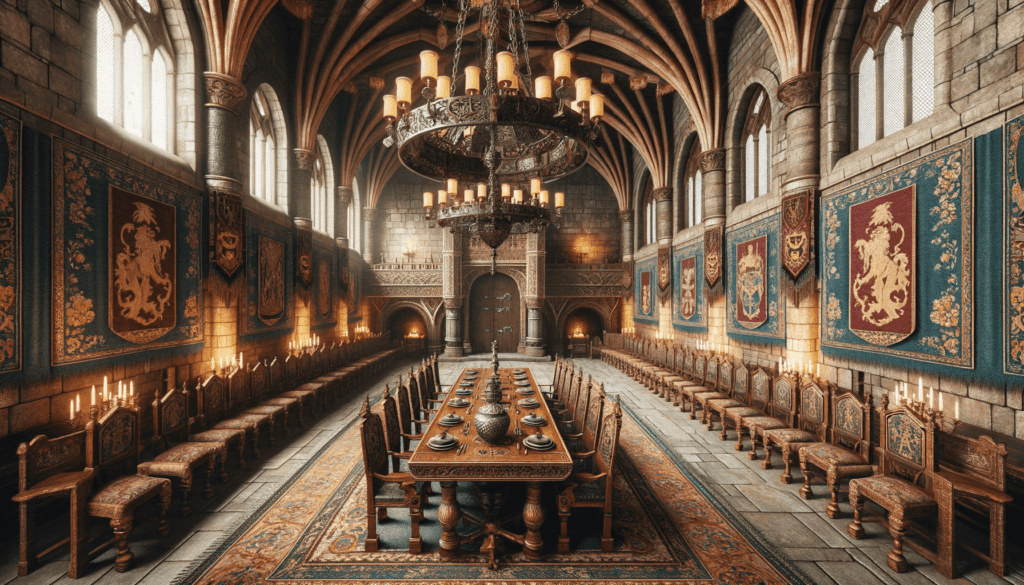
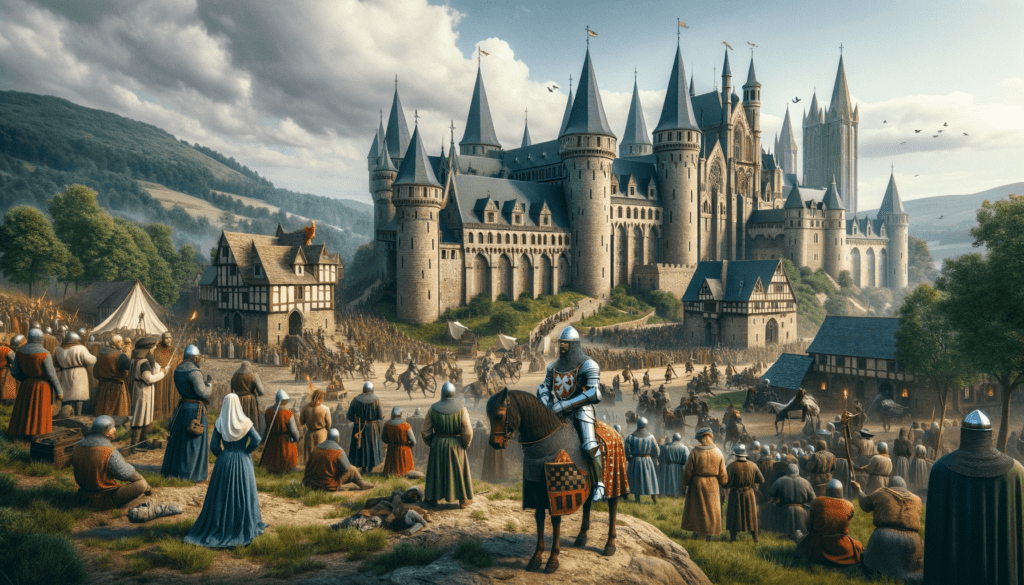
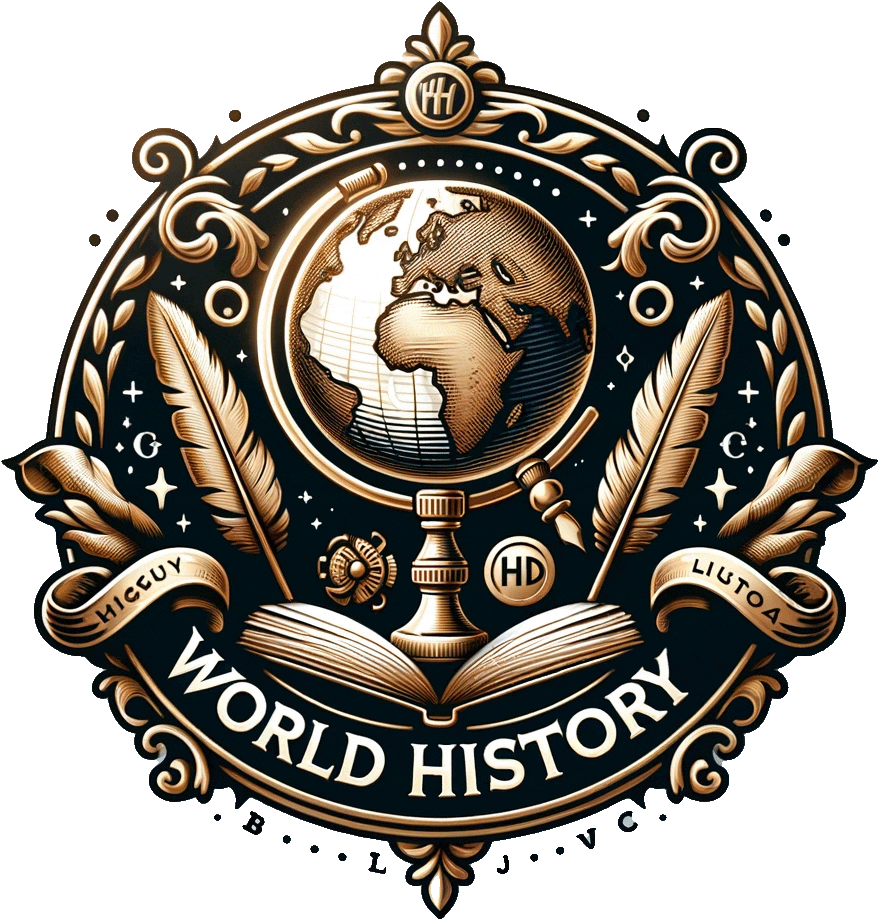
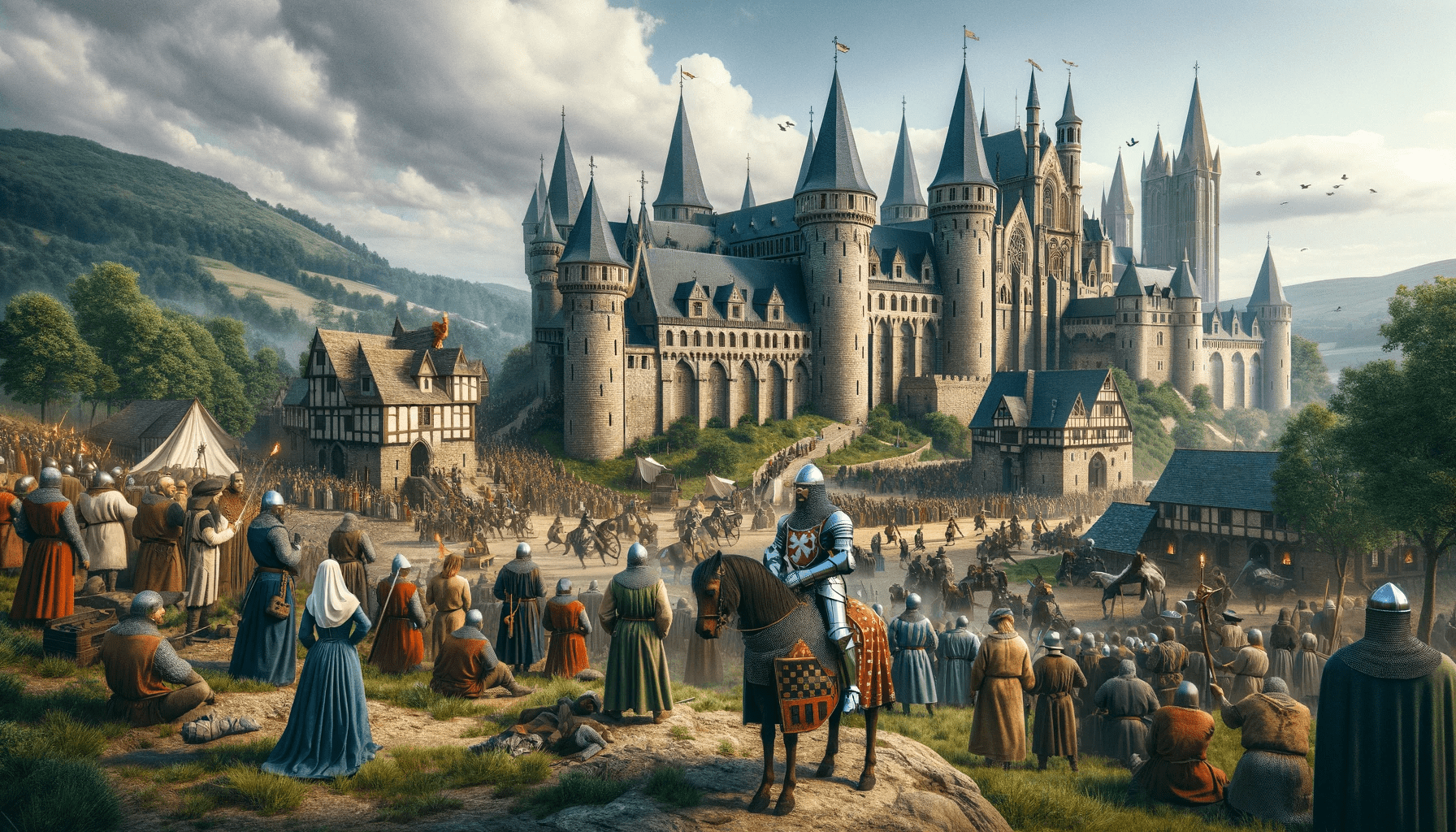
Leave a Reply